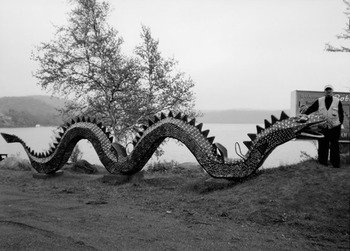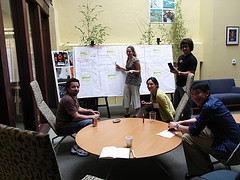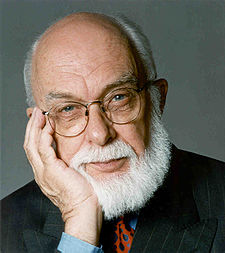Here is a good, investigative article from the Los Angeles Times about the accuracy of DNA matches in criminal cases. Searches of DNA databases have suggested that finding false matches between the DNA of two distinct people may not be as rare as has been claimed by DNA experts. More worrisome is the fact that the FBI has been suppressing the results and actively attacking anyone attempting to do such research.

This is all too similar to the state of fingerprint matching, where there has also been a lack of systematic, scientific research into the matching accuracy for criminal cases, and an active campaign to suppress any calls to do the proper research.
How reliable is DNA in identifying suspects?
State crime lab analyst Kathryn Troyer was running tests on Arizona’s DNA database when she stumbled across two felons with remarkably similar genetic profiles.
The men matched at nine of the 13 locations on chromosomes, or loci, commonly used to distinguish people.
The FBI estimated the odds of unrelated people sharing those genetic markers to be as remote as 1 in 113 billion. But the mug shots of the two felons suggested that they were not related: One was black, the other white.
In the years after her 2001 discovery, Troyer found dozens of similar matches — each seeming to defy impossible odds.
As word spread, these findings by a little-known lab worker raised questions about the accuracy of the FBI’s DNA statistics and ignited a legal fight over whether the nation’s genetic databases ought to be opened to wider scrutiny.
The FBI laboratory, which administers the national DNA database system, tried to stop distribution of Troyer’s results and began an aggressive behind-the-scenes campaign to block similar searches elsewhere, even those ordered by courts, a Times investigation found.
 A military supplier has been making lots of money selling dowsing-like devices to troops in Iraq that are supposed to detect explosives and other nasty materials. They devices come equipped with different programming cards to customize the substances they search for.
A military supplier has been making lots of money selling dowsing-like devices to troops in Iraq that are supposed to detect explosives and other nasty materials. They devices come equipped with different programming cards to customize the substances they search for.
 It seems that the military in Iraq has discovered a magical way to detect bombs, and they are spending millions of dollars to deploy it a checkpoints around the country.
It seems that the military in Iraq has discovered a magical way to detect bombs, and they are spending millions of dollars to deploy it a checkpoints around the country.  Here is an important article from the email newsletter of the Skeptics Society. J.D. Haines, a doctor and professor from the University of Oklahoma, describes the numerous cases where neck manipulations done by chiropractors have led to death and serious neurological injuries.
Here is an important article from the email newsletter of the Skeptics Society. J.D. Haines, a doctor and professor from the University of Oklahoma, describes the numerous cases where neck manipulations done by chiropractors have led to death and serious neurological injuries. An interesting article from Psychology Today reporting on survey research in the US. It seems that when people were asked questions like “I would disapprove if my child wanted to marry a member of this group”, the most detested group were atheists. The were consistently rated lower than various religious groups (e.g., muslims, Christians, Jews) and racial groups (e.g., Hispanics, Asians).
An interesting article from Psychology Today reporting on survey research in the US. It seems that when people were asked questions like “I would disapprove if my child wanted to marry a member of this group”, the most detested group were atheists. The were consistently rated lower than various religious groups (e.g., muslims, Christians, Jews) and racial groups (e.g., Hispanics, Asians). Does “Cressie” swim the waters of Crescent Lake in Newfoundland? Sightings of this giant creature have been reported for years, much like the Loch Ness monster, but no evidence has been found. In this article from Skeptical Inquirer, Joe Nickell goes in search of the elusive creature.
Does “Cressie” swim the waters of Crescent Lake in Newfoundland? Sightings of this giant creature have been reported for years, much like the Loch Ness monster, but no evidence has been found. In this article from Skeptical Inquirer, Joe Nickell goes in search of the elusive creature. 


